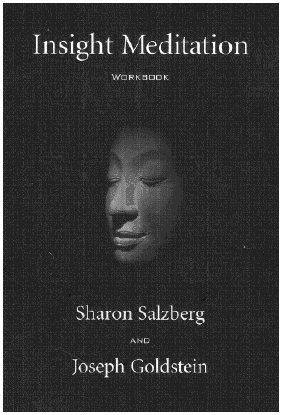Short Stories by
Contemporary Indian Women
Geeta Dharmarajan
Editor
(University of South Carolina)
- "She was born seventeen years after I got married. I had to go on a pilgrimage to several shrines before I could conceive. But when she arrived, she was a hijra. God made her that way. But her face was like the full moon. I named her Poonam. She had a birthmark shaped like a conch on her cheek. My astrologer told me that the birthmark was very auspicious. It would make the family very wealthy, he said ... but my mother-in-
"You are wrong," said Rambhau. "We do not steal babies. We buy them, paying handsomely. We have a rigid code of ethics, mother."
As the very young would say: "Awesome."
Next, T. Janaki Rani's tells of a woman who gives birth in a stranger's home, and quickly leaves the child behind. Jeelani Bano's "I" describes the life of a boy who decides that he was switched off with another boy when very young. When he goes looking for himself, "What made it almost a superhuman task in my case was that I had to trace my own self .... I had to look for myself among the playing children, in running busses and speeding trains."
In "Izzat," Ashapurna Devi writes of Basanti trying desperately to give away her fifteen-year-old daughter because, as a poor washerwoman, she cannot afford to leave her alone. The child is so lovely that "if you saw her once, you would want to see her again."
- These haramzada boys, whether you look or not, they'll whistle at her, sing obscene songs, make rude gestures, push past her every time she goes to the pump to fetch water.
And, finally, in Goswami's "Empty Chest," Toradori lives next to the charnel grounds, makes her living by stealing from the dead: clothes, jewelry, or in one case, a lovely wooden coffin. Her shack is on the road, and the police are always roaring past:
- Were the certificates concerning the handing over of the bodies of people killed in the shooting in order? Was it true as the chowkidar's report would have it, that someone had burned a bastard child here without obtaining a "hand-over" certificate? And what about the unregistered corpses? Such were the matters that drew the police to this area. These and the trade of the prostitutes of Satgaon that flourished here. It almost seemed as if the higher the flames devouring the dead rose, the greater was the heat generated by the bodies of these prostitutes.
There are fifteen stories here. Most are good, three are great. They put you into the heart and truth of India. The one cited at the beginning ("The Hijra") --- at 2,000 words --- is artfully shaped and delicately crafted. When the old woman finds her daughter Rugma, the girl begins to dance for her, "swaying her hips, her face upturned to receive the light of the moon.
- Oh Yellamma, my body burns.
Who fashioned a furnace between my thighs?
Who built a dam across the river of my blood?
Oh Yellamma, save me from this misery.
A Step-by-Step Course
On How to Meditate
Sharon Salzberg
Joseph Goldstein
(Sounds True)

Sounds True has recently decided to re-issue this volume, but in greatly truncated form. Instead of twelve long and discursive and often fascinating lectures from these two neo-gurus, we are given a 200 page booklet with the words printed out for us. Instead of twelve 45-minute meditation- It made me think of the time when Wrigley's Spearmint gum cost a nickle for five sticks; now we get a dozen or so for a dollar. Several years ago, a can of Campbell's tomato soup weighed in at twelve ounces and cost thirty cents. Now they sneak it down to ten ounces and charge us 89¢. It's a pity that Sounds True has decided to do the same number on us poor consumers. For those of us who liked our trainings to be a bit more extensive, this new one leaves much to be desired, even with its Velcro tabs and black slip-covers on the "Guided Meditations" and a set of study cards for "The Five Precepts," "The Seven Points of Posture," "The Noble Eightfold Path." What next? A "Sleeping Buddha" Theme Park with the E-Z Enlightenment Fun House, the "Recognition of the Self" Hall of Mirrors, the "Bardo Death Trip" Roller-